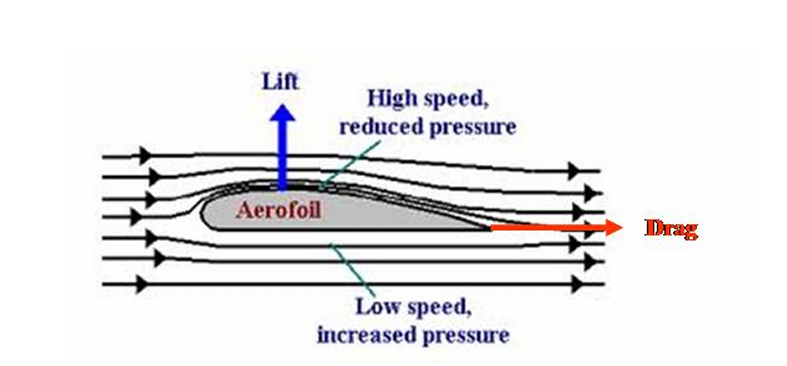Exploring Aerofoils: Types, Functions, and Their Impact on Aircraft Efficiency
Aerofoils are integral components of aircraft design, crafted to generate lift by influencing the airflow around them. The design of an aerofoil significantly impacts the performance, efficiency, and safety of an aircraft. Used in various types of aircraft, from commercial airliners to military jets, aerofoils enhance the aircraft's stability, fuel efficiency, and overall aerodynamic performance.
IMPORTANCE OF AEROFOILS :
The primary role of an aerofoil is to create lift, which counterbalances the weight of the aircraft, allowing it to stay airborne. Beyond lift, the design of the aerofoil influences the aircraft's lift-to-drag ratio, stability, and overall aerodynamic efficiency. Properly designed aerofoils ensure smooth airflow over the aircraft, which enhances performance, reduces fuel consumption, and ensures the safety of the flight.
USES OF AEROFOILS :
Aerofoils are employed in several parts of the aircraft and other aerospace applications, with different shapes tailored to specific functions. Some common uses include: Wings of Aircraft: Aerofoils are mainly used in aircraft wings, where their shape is responsible for generating lift.Control Surfaces: On control surfaces like ailerons, elevators, and rudders, aerofoils play a vital role in maneuvering the aircraft by controlling movements such as pitch, roll, and yaw.Turbine Blades: In jet engines, turbine blades are designed with aerofoil shapes to extract energy from exhaust gases.Propellers and Rotors: The blades of propellers and rotors are also designed as aerofoils to generate the necessary thrust for aircraft and rotary-wing vehicles.
TYPES OF AEROFOILS The design and shape of an aerofoil can vary based on its intended function. Here are some common types of aerofoils used in aviation:
1. Symmetric Aerofoil : Symmetric aerofoils feature identical curves on both the upper and lower surfaces, making the shape symmetrical. This design is often chosen for applications that require varying angles of attack, such as aerobatic aircraft or control surfaces. Since the lift produced remains consistent regardless of airflow direction, symmetric aerofoils are ideal for maneuvers that involve both positive and negative pitch attitudes.
2. Cambered Aerofoil : A cambered aerofoil is characterized by a curved upper surface and a flatter lower surface. This configuration accelerates airflow over the top of the wing and increases the pressure difference between the top and bottom surfaces, generating more lift. Cambered aerofoils are commonly used in commercial aircraft wings because they offer a good balance between lift and drag, especially at lower speeds.
3. Biconvex Aerofoil : A biconvex aerofoil has curved surfaces on both the upper and lower parts, creating a symmetrical aerofoil with a more pronounced shape on both sides. This type is employed in specialized applications where high lift is required without significantly increasing drag. It is often used in high-lift wings and experimental aircraft designs.
4. Reflexed Aerofoil :A reflexed aerofoil is distinct in that the upper surface is curved upward, while the lower surface is slightly curved downward. This design is used to provide additional stability to the aircraft by counteracting the pitching moment, especially when the aircraft is flying at higher angles of attack. Reflexed aerofoils are commonly seen in gliders and unmanned aerial vehicles (UAVs), where stability is critical.
.png)






Leave a Comment
Your email address will not be published. Required fields are marked *